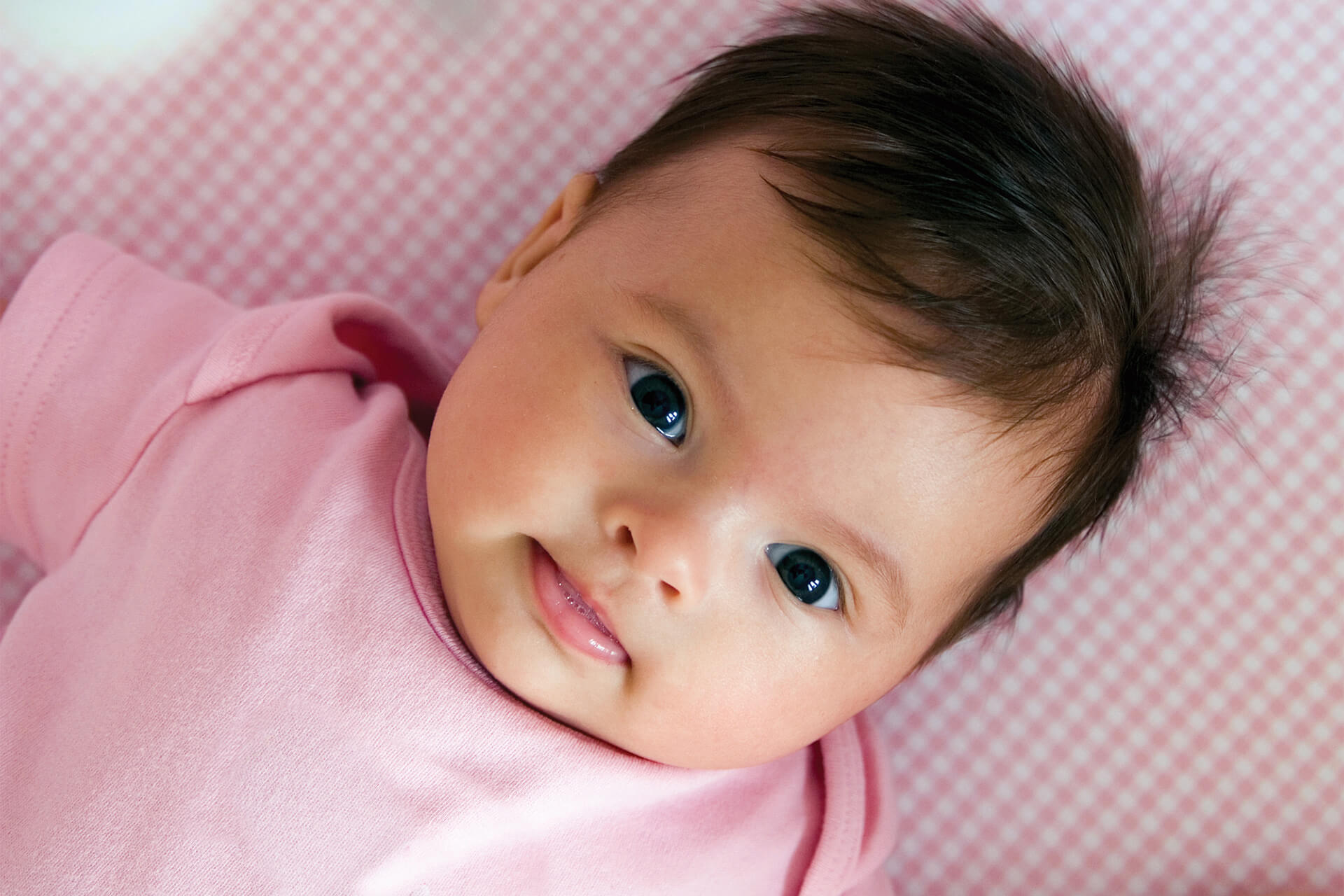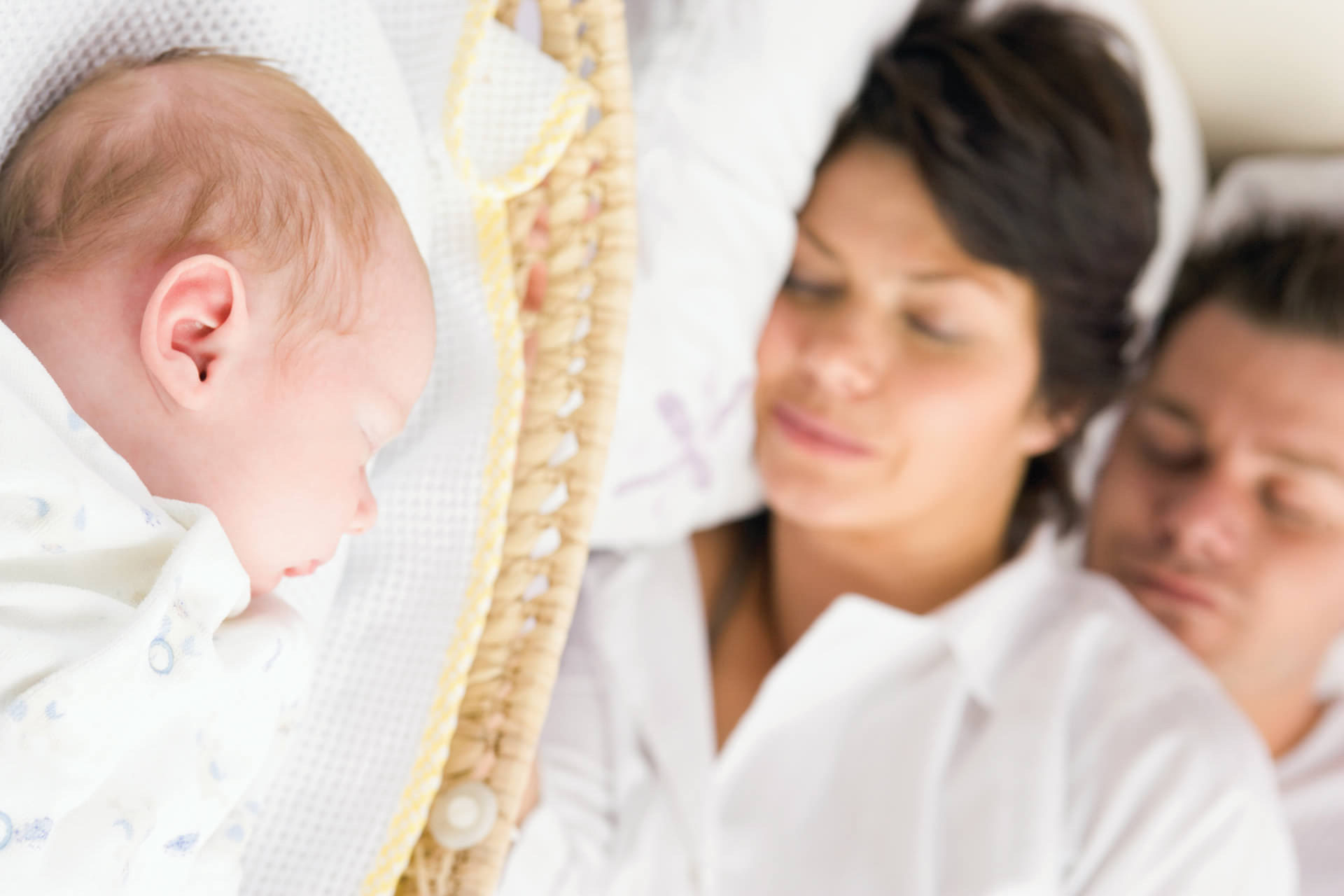


If you look at photos of your crib from when you were growing up, chances are you’d see bumper pads, a cute blanket and maybe even some stuffed animals. We now know that all those things, even though adorable, could increase the risk of a baby dying from a sleep related infant death.
Since young babies can’t turn their heads, if they somehow scoot next to a toy, bumper pad, or blanket, or wedge their head between a gap in the mattress, it could prevent them from breathing.


No, according to the American Academy of Pediatrics (AAP), all babies should be put on their backs, unless your pediatrician has told you otherwise.
Yes! It’s good to offer a pacifier at bedtime and naptime but wait until after breastfeeding is well established. Don’t hang it around the neck or attach to clothes while sleeping. If it falls out when baby is asleep, there is no need to put the pacifier back in.
A good rule of thumb is to dress your baby for sleep with one more layer than you are wearing when not in bed. Dress your baby in footed pajamas or in winter, a sleep sack or blanket sleeper to keep them warm. But—don’t overdress your baby because overheated babies are more at risk of SUID.
Continue putting them to sleep on their back but if they roll over to the stomach, it’s ok to leave them like that. You should stop swaddling when your baby starts trying to roll over—usually at around 3-4 months.
Yes! In fact, “tummy time” is encouraged and can decrease the risk of SUID. The AAP recommends a few minutes each day of supervised tummy time soon after you bring your baby home, increasing to 15-30 total minutes a day by the time your baby is 7 weeks old.
For more information about crib safety, see
https://www.cpsc.gov/safety-education/safety-guides/cribs/crib-safety-tips
Side-Lying Hold
This hold is useful when:
Cross-Cradle Hold
This hold is useful when:
Clutch or “Football” Hold
This hold is useful when:
Cradle Hold
This hold is useful when:
Laid-Back Hold
This hold is useful when:
Share
Share this link via: